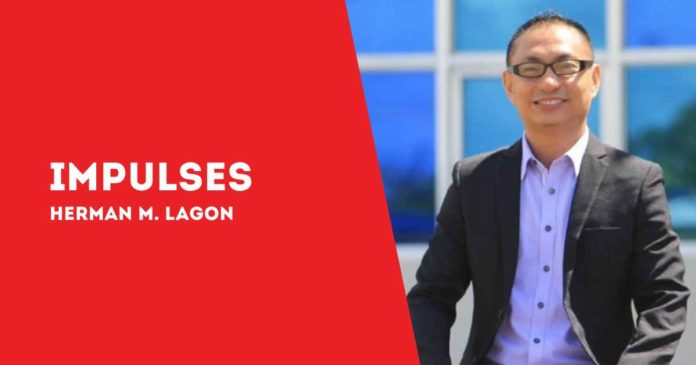
THE TERM “resilience” has evolved from a badge of honor into a shield that conveniently deflects attention from persistent societal and governance issues.
Hailed as a cultural trait, Filipino resilience is often invoked to praise the country’s response to frequent disasters. Yet the admiration for this resilience has grown to mask a darker reality — one where endurance is exploited, romanticizing people’s ability to withstand what should, by all accounts, be unacceptable.
When resilience becomes an expectation rather than a virtue, it is not strength; it is survival at the expense of demanding more from those in power.
The imagery of resilience is regularly exploited, especially in times of crisis. When typhoons Ulysses (2020), Ompong (2018), Rolly (2020), Paeng (2022), and Kristine (2024) hit the country, the public watched and heard in the radio, television, and social media as entire communities were inundated, forcing people to climb rooftops to survive. Reports featured stories of Pinoys smiling through adversity, reinforcing the idea that resilience was inherent.
But each smiling face, each story of survival, distracts us from asking why we are still fighting the same battles more than a decade ago in typhoons Frank (2008), Ondoy (2009), Sendong (2011), Pablo (2012), Yolanda (2013), and Glenda (2014) struck the archipelago catastrophically. Why are evacuation centers still unfit for purpose? Why are disaster funds insufficient and often untouched? In such instances, resilience does not just normalize suffering — it prevents the demand for systematic change.
This expectation of resilience seeps into every sector, not just in disaster response but also in health, education, and infrastructure. The pandemic highlighted these shortcomings further. Then Presidential spokesperson Harry Roque’s response to a Social Weather Stations (SWS) survey revealing a 45% unemployment rate was to celebrate that the situation was not worse.
This kind of “toxic positivity” diminishes legitimate concerns, painting hardship as just another challenge that we can handle. Such comments ignore the weight of systemic failings, as citizens face joblessness, limited healthcare, and restricted access to vaccines. Roque’s optimism, far from reassuring, underscores how little empathy resonates from those tasked with steering the country through crises.
True resilience isn’t just about toughing it out; it’s about coming back stronger. The UN Office for Disaster Risk Reduction points out that resilience should mean more than just enduring — it’s about adapting, preparing, and minimizing the impact of future challenges.
Here in the Philippines, though, our ability to bounce back is often held back by a lack of funds where they’re needed most and the gaps in coordinating our disaster response efforts. Despite having billions in disaster funds, reports show that only a fraction is allocated toward prevention. Instead, spending is reactionary, directed at relief operations after crises have struck. This approach keeps communities in a cycle of recovery without addressing root issues.
The romanticized resilience narrative has become particularly toxic for students, teachers, and healthcare workers. Teachers have had to navigate abrupt shifts to online education with limited resources, becoming emblematic of resilience by necessity rather than choice.
Meanwhile, healthcare workers endure grueling hours amid insufficient protection and support. Society expects them to persist without question, treating their sacrifices as inspiring stories rather than systemic issues. These professions are hailed as modern-day heroes, but calling them resilient masks the fact that they are often overworked, underpaid, and under-resourced. Resiliency should signal support and resources in education and healthcare, not survival despite the odds. (To be continued)/PN



